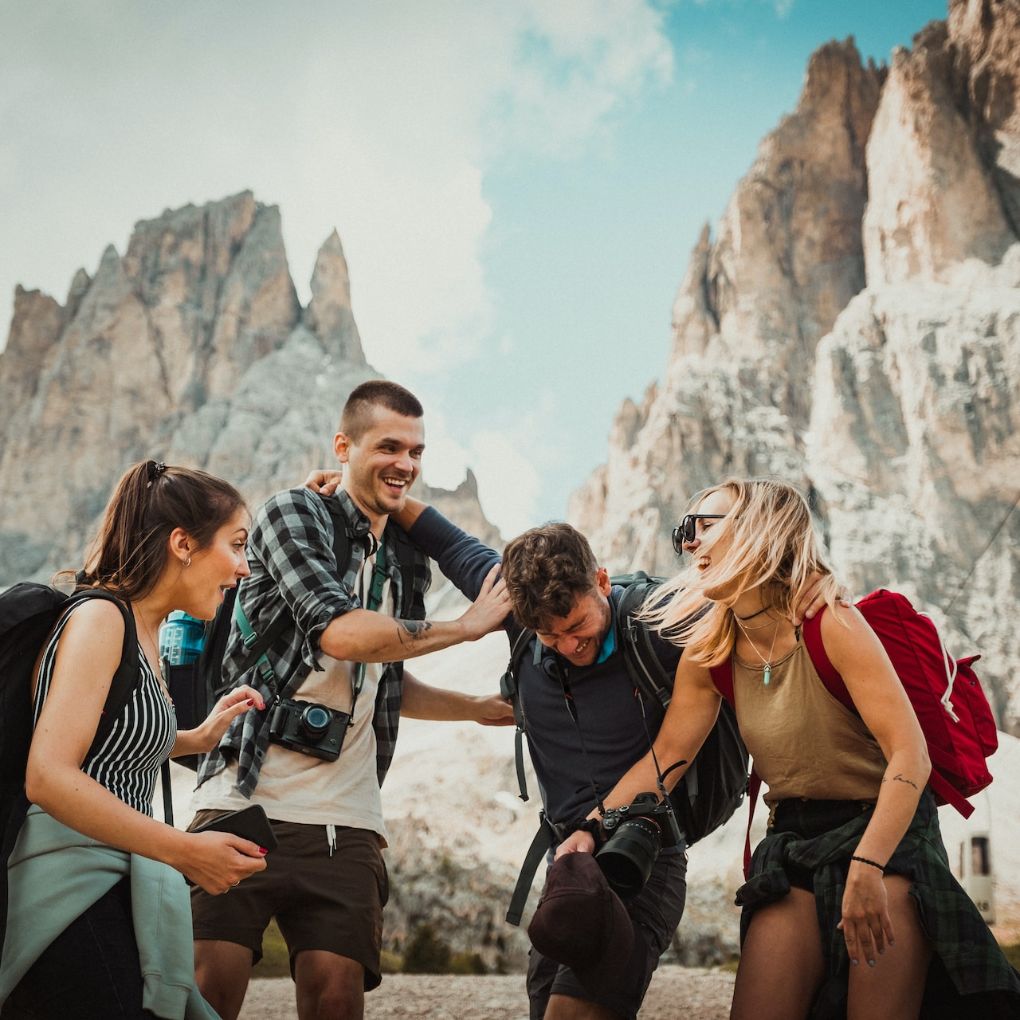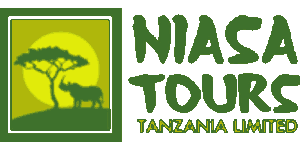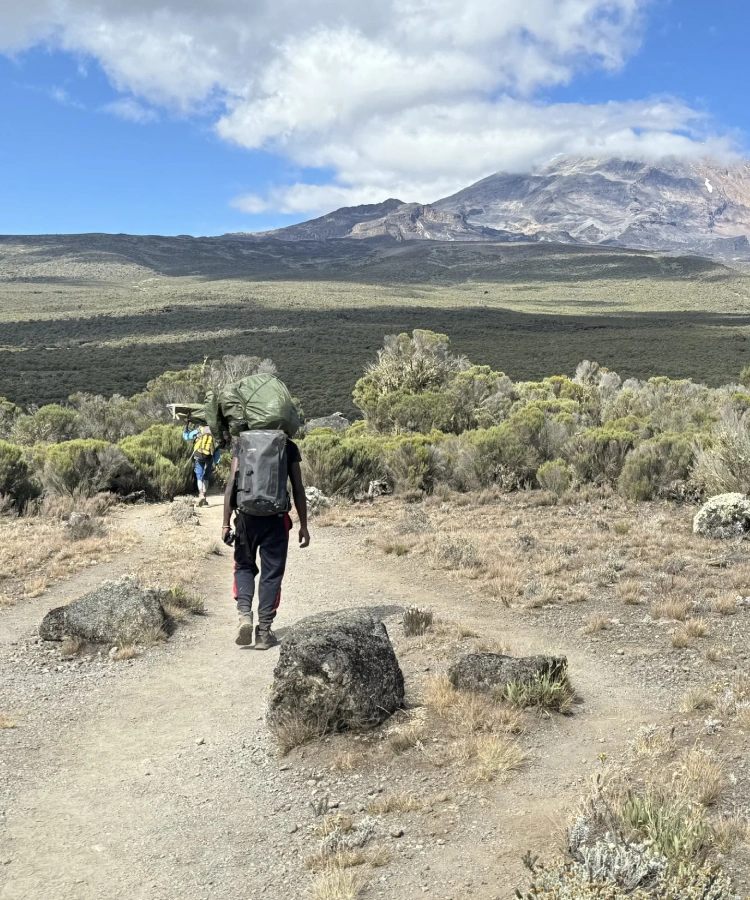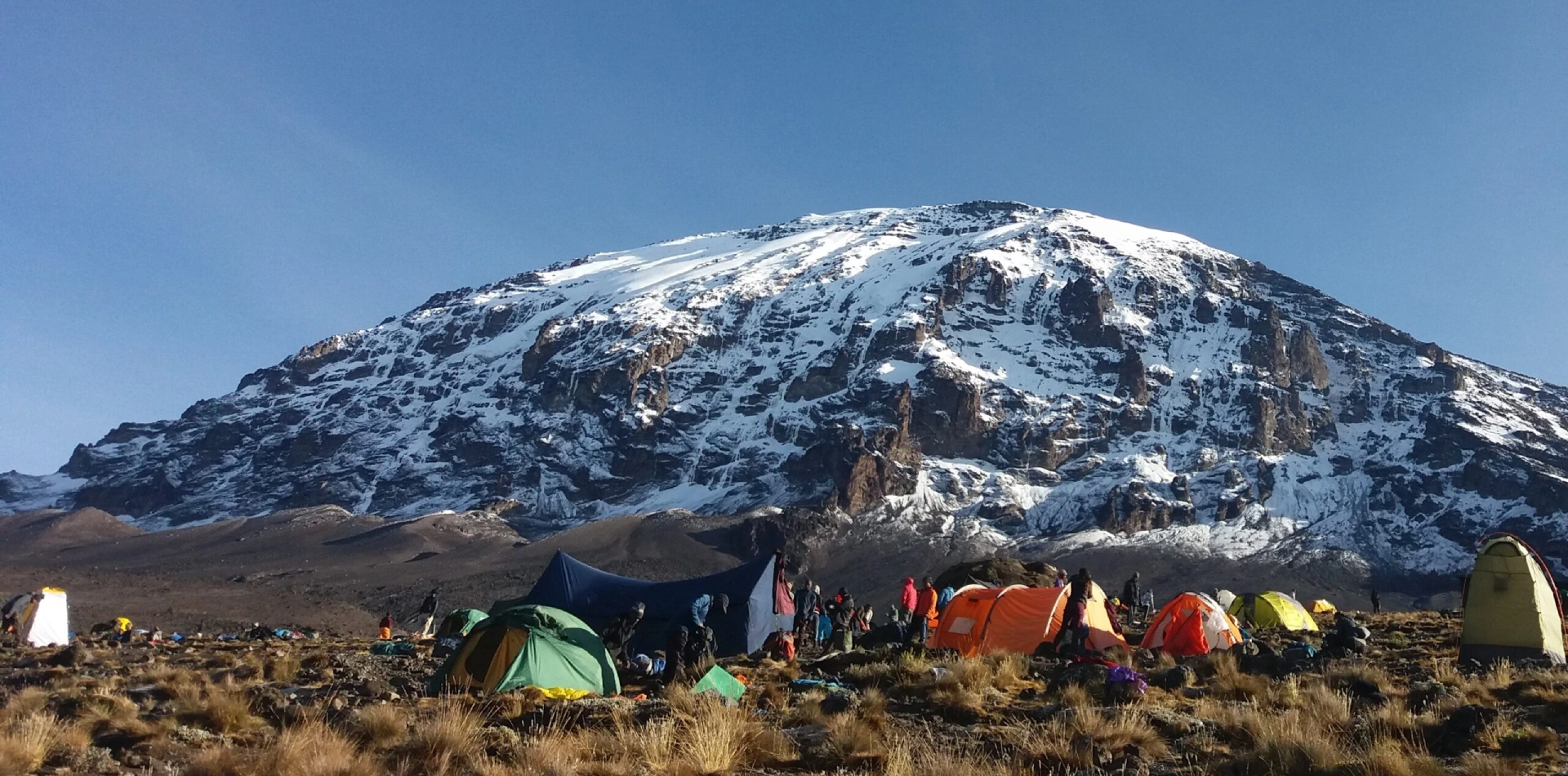
6 days kilimanjaro trekking itinerary – machame route
About This Safari
Welcome to one of the world’s most iconic adventures – climbing Mount Kilimanjaro via the Machame Route. Known as the “Whiskey Route,” Machame is popular for a reason: it offers a breathtaking blend of scenic variety, a solid acclimatization profile, and an unforgettable journey through dramatically shifting landscapes – from lush rainforest to alpine desert, all the way to the icy summit of Africa’s tallest peak.
This 6-day version is a fast-paced challenge best suited for fit trekkers with prior hiking or high-altitude experience. It’s demanding, but incredibly rewarding – and with the right mindset, preparation, and guidance, you’ll stand on the Roof of Africa at 5,895 meters (19,341 feet), watching the sun rise over the vast East African plains.
Tour Highlights
Scenic Layers
Scenic diversity: Rainforest, moorland, alpine desert, glaciers.
Sky Wonders
Breathtaking sunrises, starlit skies, and views across East Africa.
Local Connection
Intimate experience with local guides and porters.
Successful Ascent
High summit success rate with proper acclimatization.
Price starts at 2474USD per person depending on the number of people per group
Tour Details
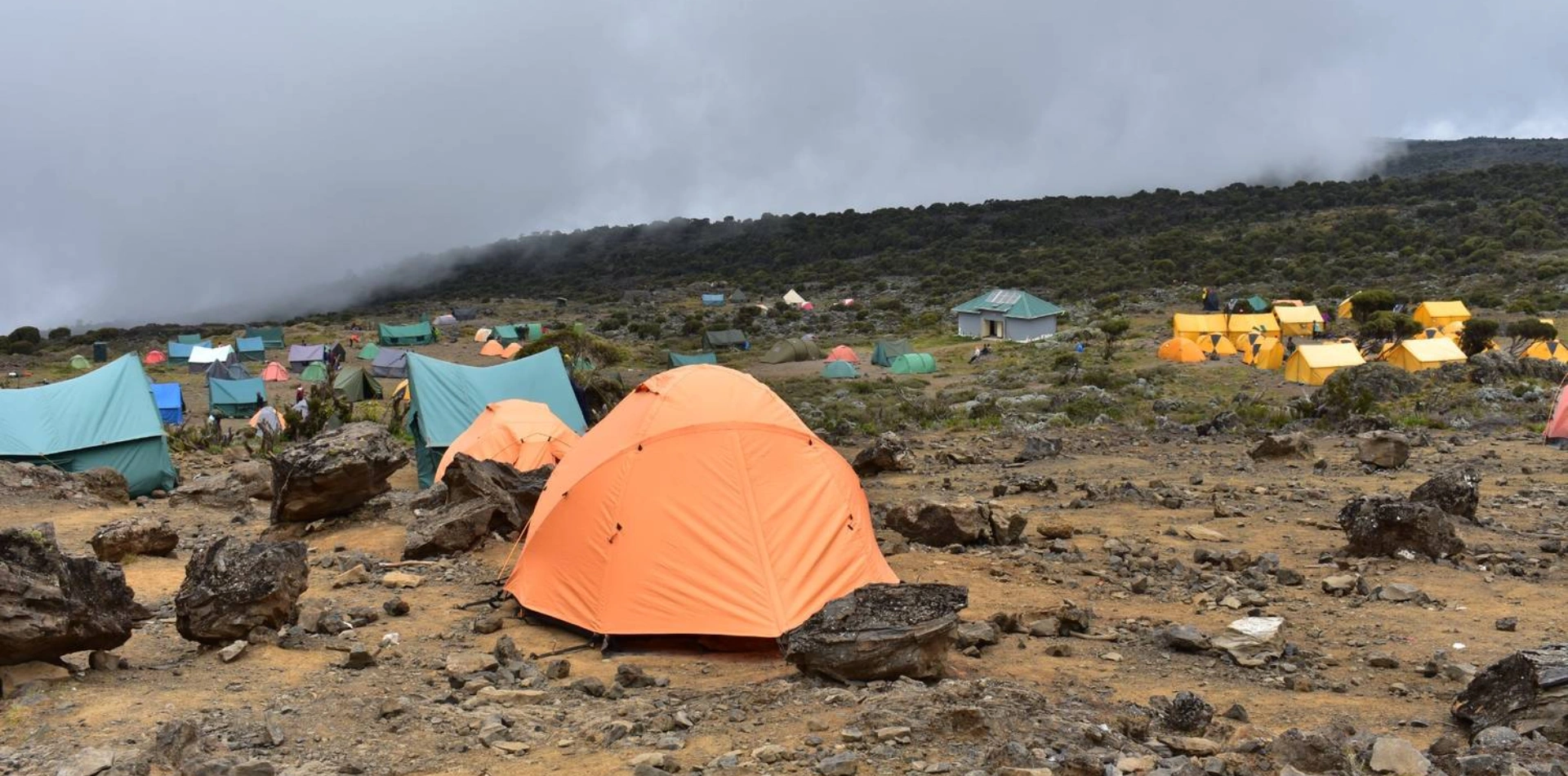
- Distance: ~11 km
- Time: 5–7 hours
- Habitat: Rainforest
Your journey begins. After breakfast and a briefing in Moshi, you'll drive to the Machame Gate for registration and final gear checks. The trail kicks off in lush, green rainforest – expect towering trees, moisture in the air, and the sounds of monkeys and birds in the canopy. The path gradually ascends to Machame Camp, where you'll get your first glimpse of the summit on clear days.
Evening vibe: Settle into camp life, enjoy a warm meal, and let the mountain quiet your mind.
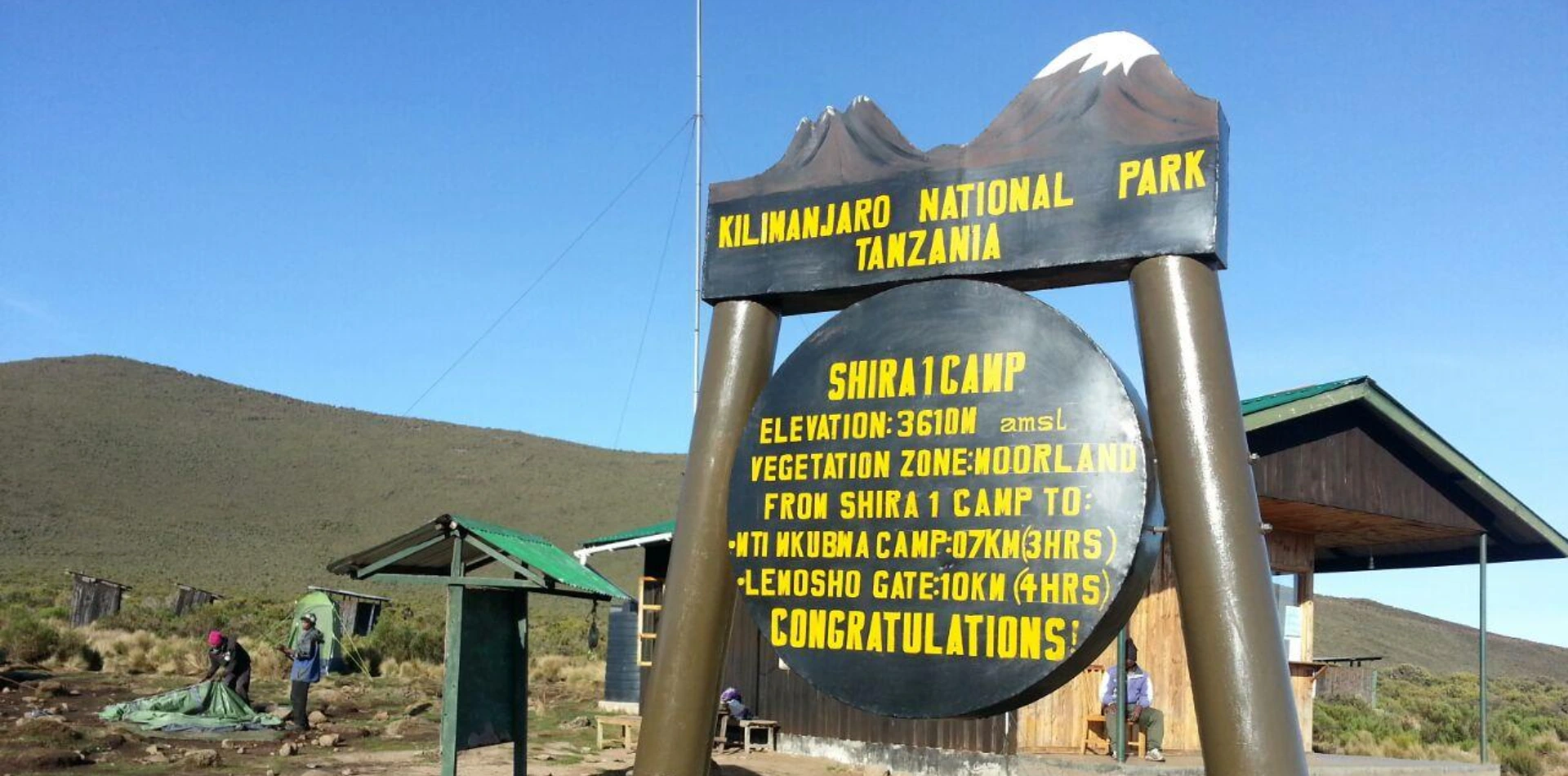
- Distance: ~5 km
- Time: 4–6 hours
- Habitat: Moorland
A shorter but steeper climb today as you leave the forest behind and enter the moorland zone – think heather, volcanic rock, and expansive views. The change in scenery is striking. You’ll hike slowly, letting your body begin to adjust to the altitude. By the time you reach the wide plateau of Shira Camp, you’re already feeling the vastness of this mountain. Stay hydrated and move deliberately – the effects of altitude may begin to whisper here.
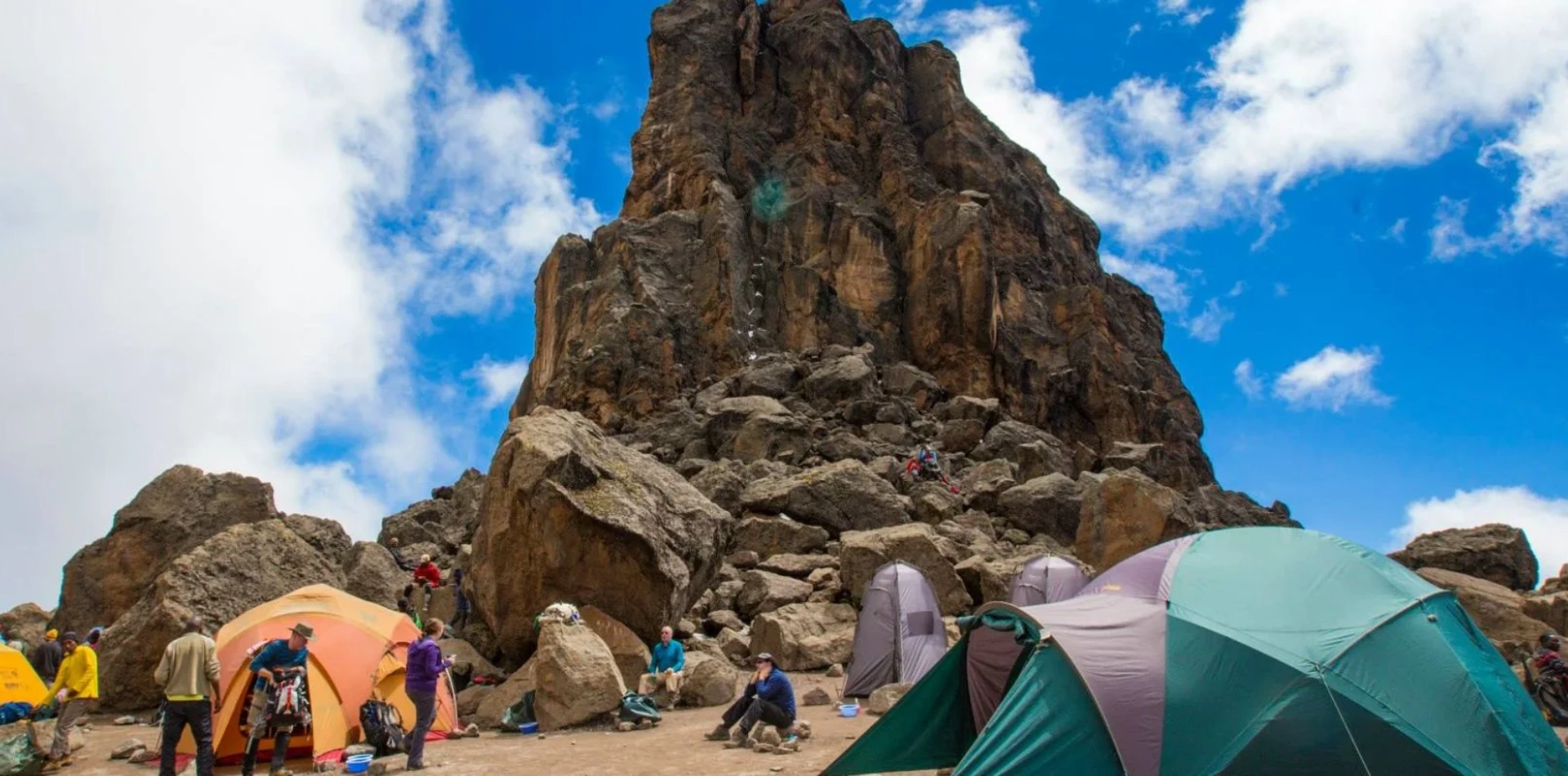
- Distance: ~10 km
- Time: 6–8 hours
- Habitat: Semi-desert
Today follows the “climb high, sleep low” principle – key for acclimatization. You’ll ascend to the hauntingly beautiful Lava Tower (4,630m), where you’ll rest and lunch before descending into the Barranco Valley. This area is magical: think giant Senecio trees, strange rock formations, and deep gorges.
Evening reflection: The trail was tough, and maybe you felt it – but you also adapted. That’s altitude working its strange rhythm.
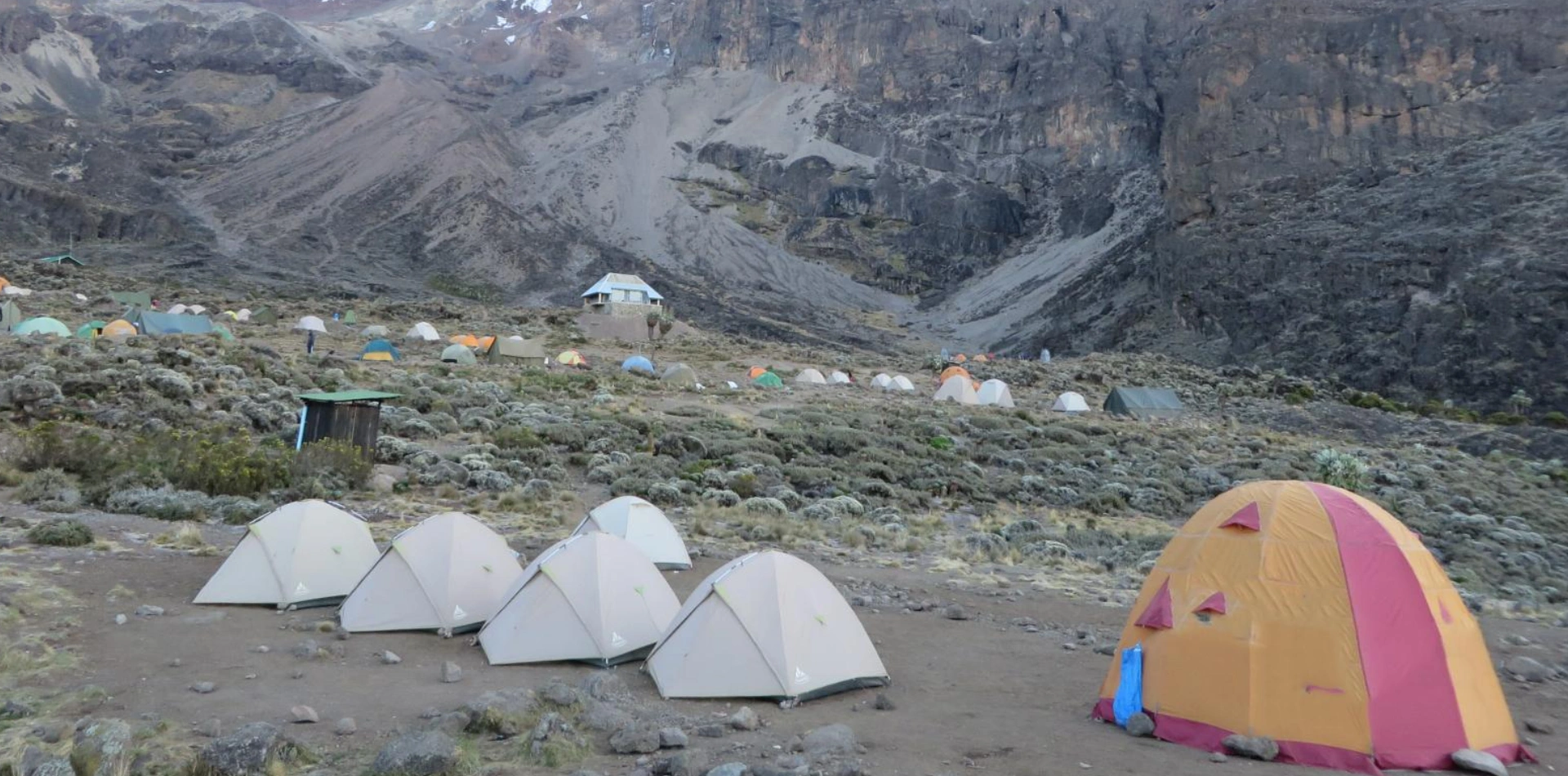
- Distance: ~5 km
- Time: 4–5 hours
- Habitat: Alpine desert
First challenge of the day: The Barranco Wall. It's a fun scramble, not technical, but it looks dramatic. Take your time and follow your guide’s lead. After that, it’s rolling terrain through valleys and ridges until Karanga Camp. This is a shorter day, giving your body a bit of a breather before the push to summit.
Why it matters: Karanga is your last major water stop before summit night – hydrate well, eat heartily, rest deeply.
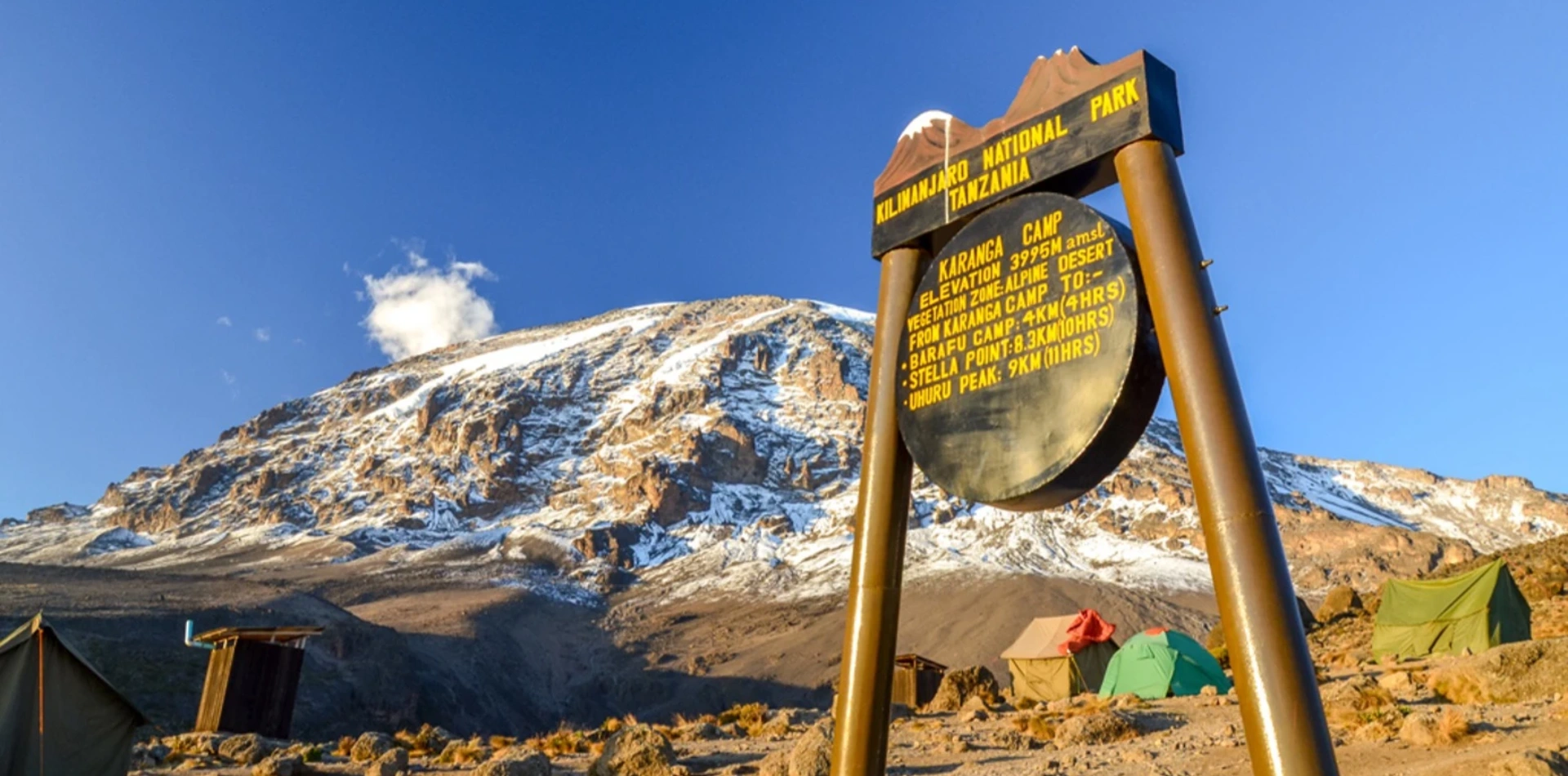
- Distance: ~4 km
- Time: 3–4 hours
- Habitat: Alpine desert
A steady uphill climb leads you to Barafu, your base camp for summit night. By now, you’ve likely bonded with your team and porters – they’ll cheer you on as the camp comes into view. The air is thin here, and you’ll feel it. The key is to stay calm and prepare. Eat an early dinner, double-check your gear, and try to get some rest – because your summit push begins around midnight.
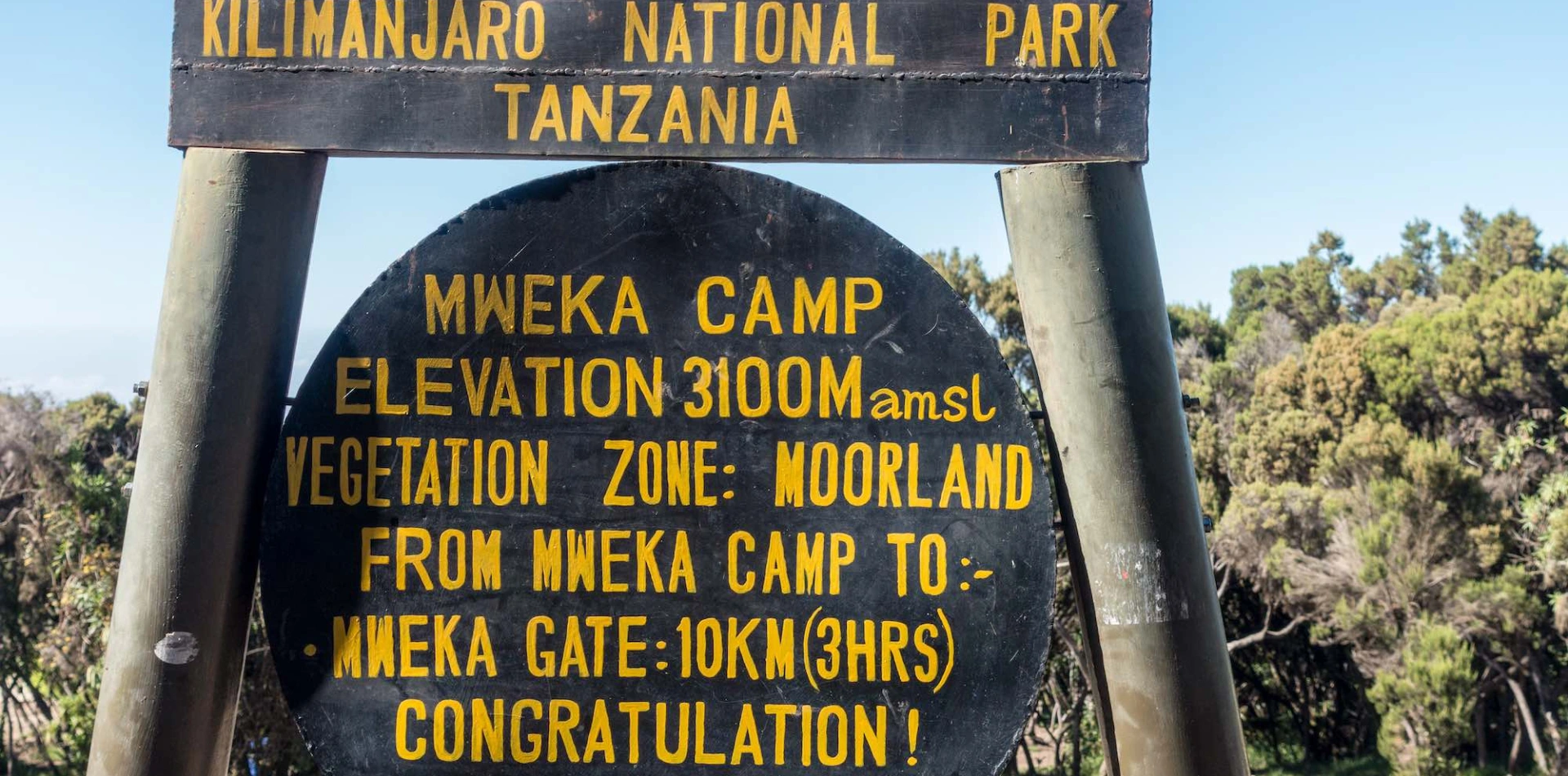
- Distance: ~17 km
- Time: 12–16 hours’ total
- Habitat: Arctic → Moorland
You’ll begin in the dark, your headlamp cutting through the icy cold, your breath visible. Step by step, you climb past Stella Point (5,739m) and eventually reach Uhuru Peak – the highest point in Africa. You’ll be tired. Emotional. Maybe even overwhelmed. But you made it.
Take your photos. Soak it in. Then begin the long descent back to Mweka Camp, where the air is thicker and your legs will be grateful.
Night thoughts: You did something extraordinary.
What to Expect
- Weather: Varies daily – from humid jungles to below-freezing summit nights
- Sleeping: Tents, sleeping pads provided (bring a warm sleeping bag)
- Food: Hot, nutritious meals prepared daily by your mountain chef
- Support crew: Guides, porters, and cooks who make your trek possible and safe
- Fitness required: Good physical condition, mentally prepared for altitude and long days
Inclusions & Exclusions
- Kilimanjaro trekking according to the itinerary.
- Professional, English-speaking Wilderness First Responder & CPR certified Guide.
- Proper Ration of Mountain crew (Cook & Porters).
- Airport Transfers.
- Meals according to the itinerary.
- Hiking and Safety Equipment.
- Drinking water and Full Board Meals.
- All National Park & Hut Fees, Crew Permits and VAT.
- Fair and Sustainable Salary Crew Wages.
- Gate Transfers.
- Government taxes.
- Complimentary Oxygen Cylinder.
- Flights
- Visas
- Tips to the mountain staff.
- Tips for porters and mountain crew .
- Personal spending money for souvenirs etc.
- Energy food & beverages, alcoholic and soft drinks.
- Personal hire gear such as trekking poles, sleeping bags, etc.
- Additional lodge nights if early descent from the mountain.
Tour Map
Tour Gallery
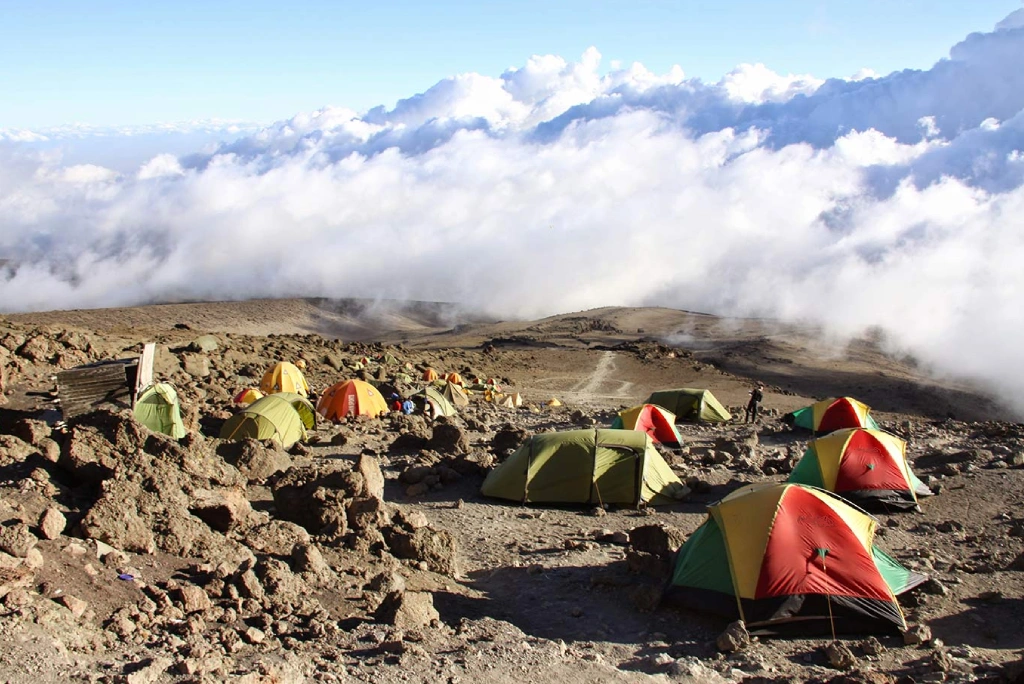
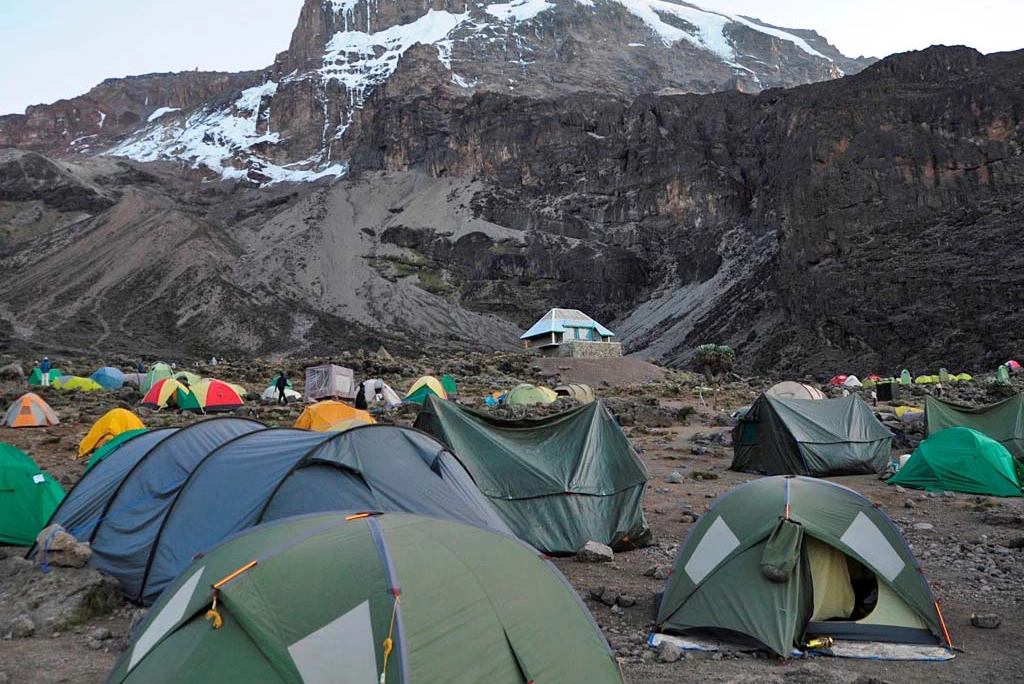
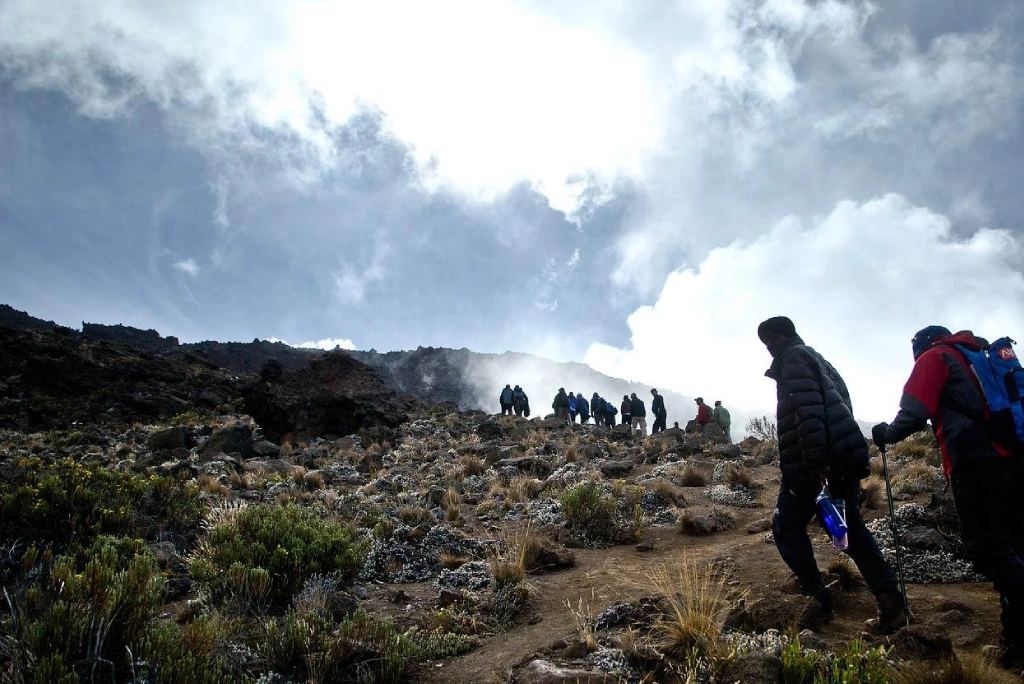
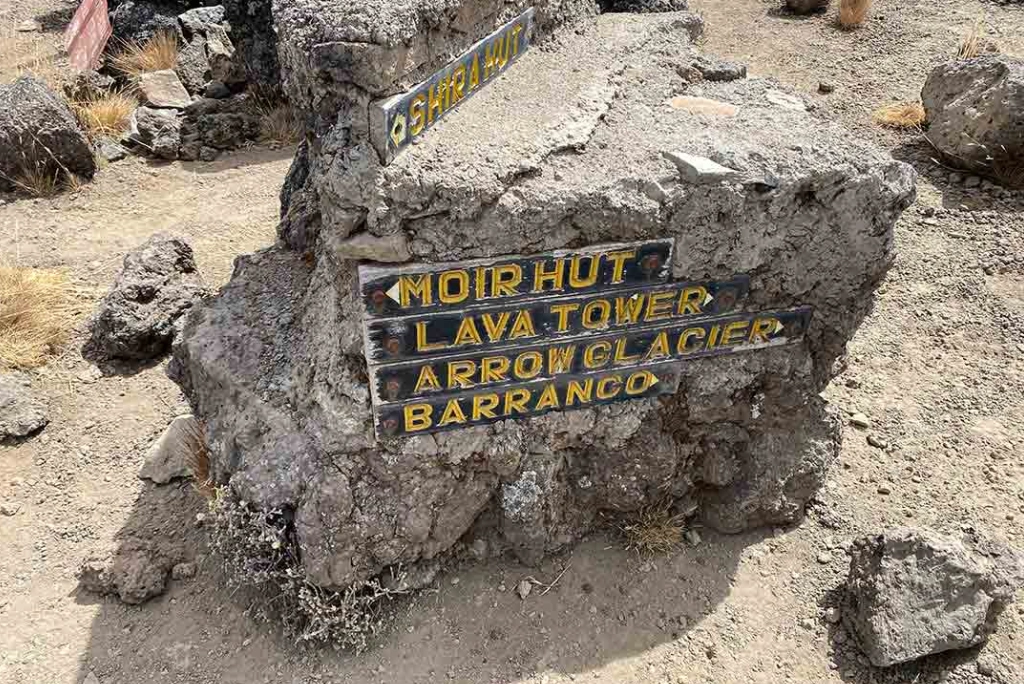
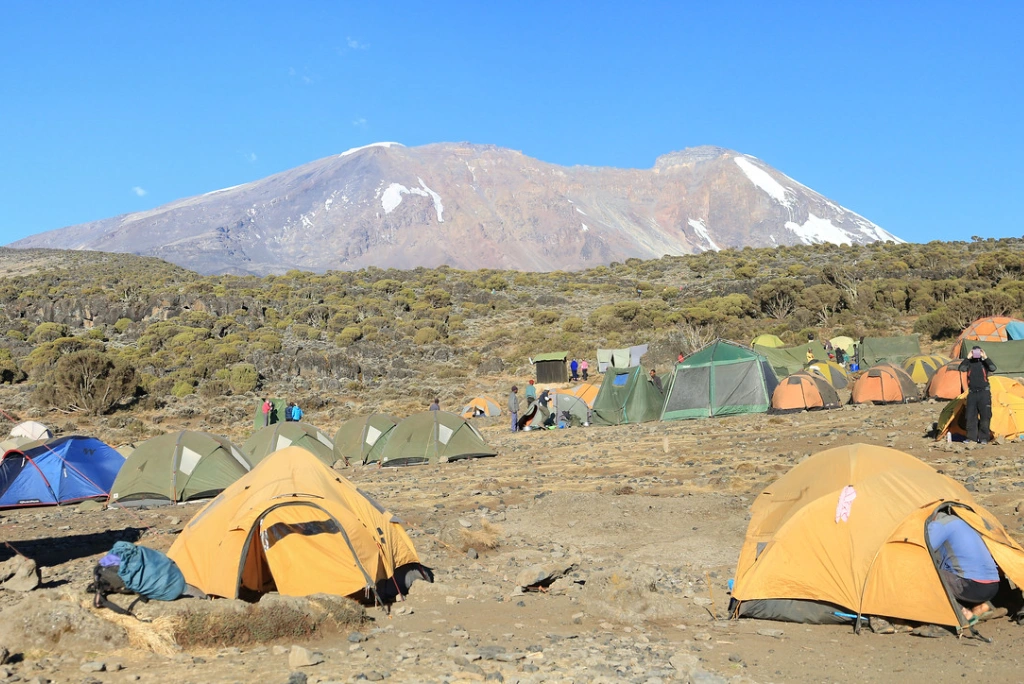
Related Mount Kilimanjaro Trekking
Given the off-road terrain that will be encountered, a bike that can adequately tackle this is also essential. A gravel bike is usually a popular option for bikepacking.
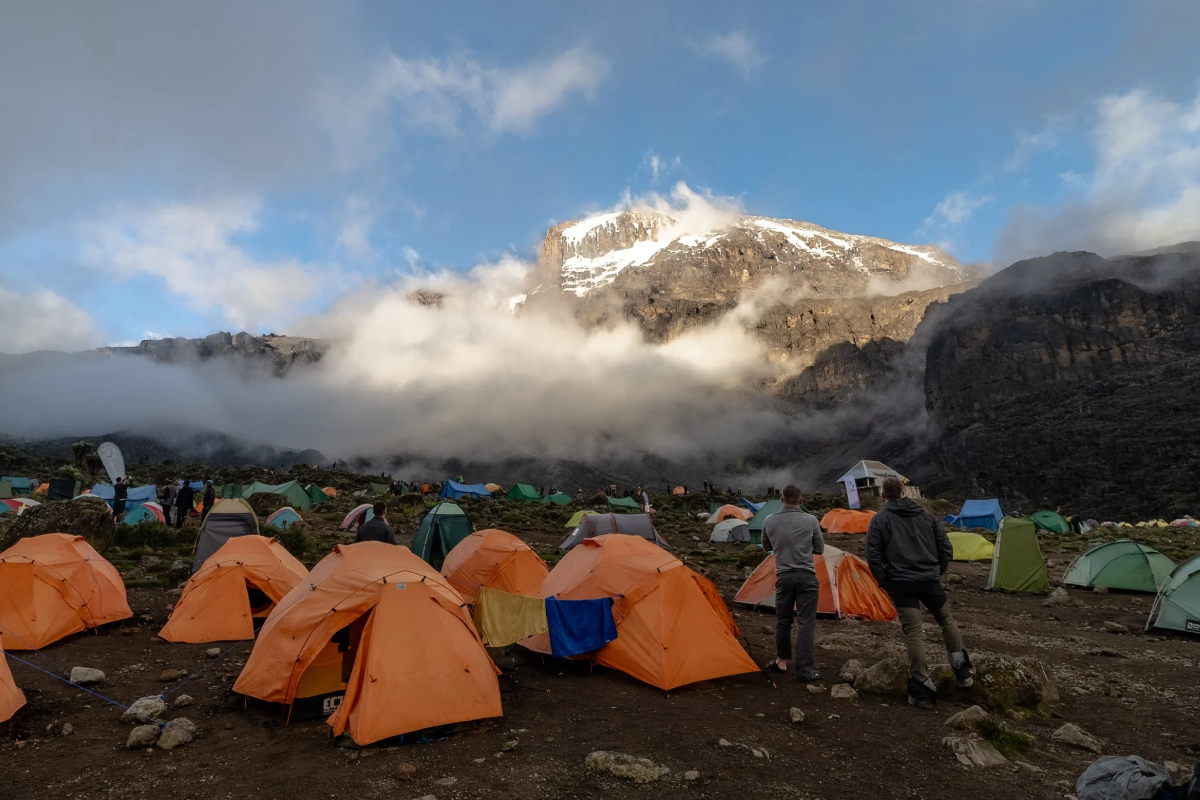
8 Days Lemosho Route
Embark on an 8-day Lemosho Route trek, traversing forests, plateaus, alpine deserts, and summiting Uhuru Peak with expert support.
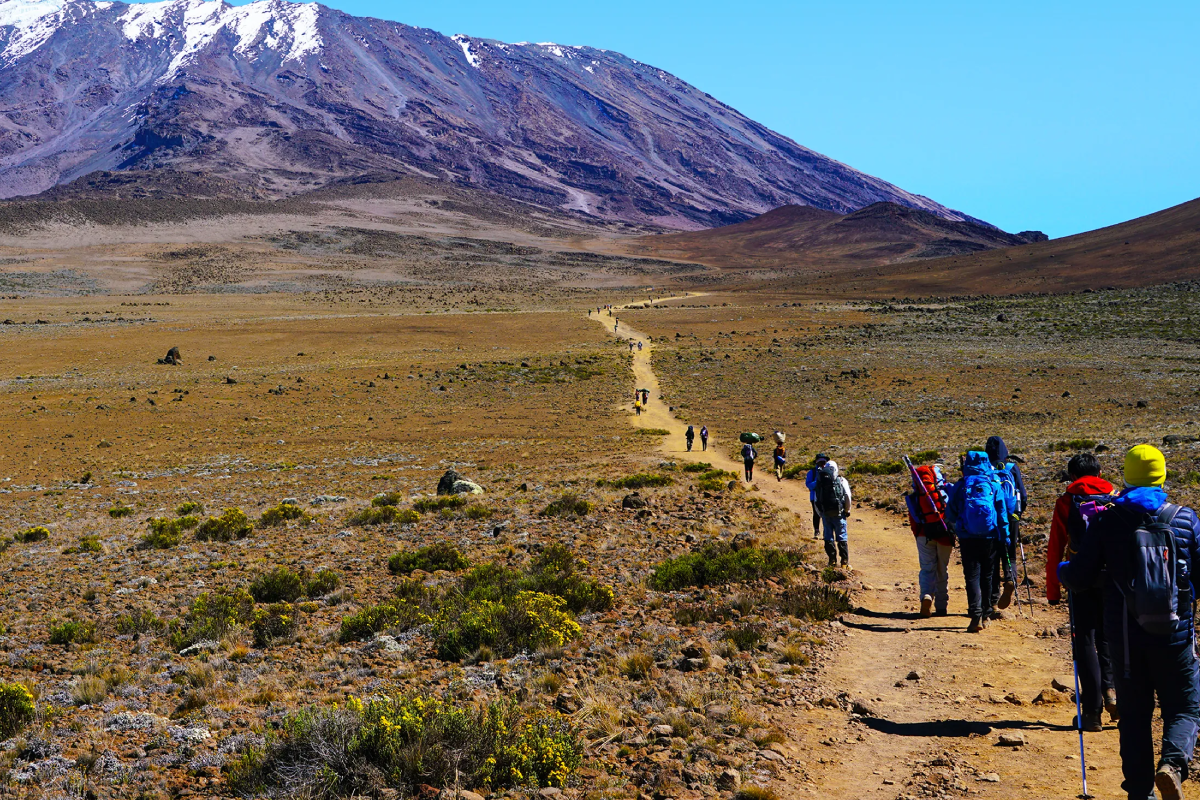
7 Days Machame Route
Trek Kilimanjaro’s 7-day Machame Route, crossing rainforests, moorlands, and glaciers, camping under stars, reaching Uhuru Peak with guided support.
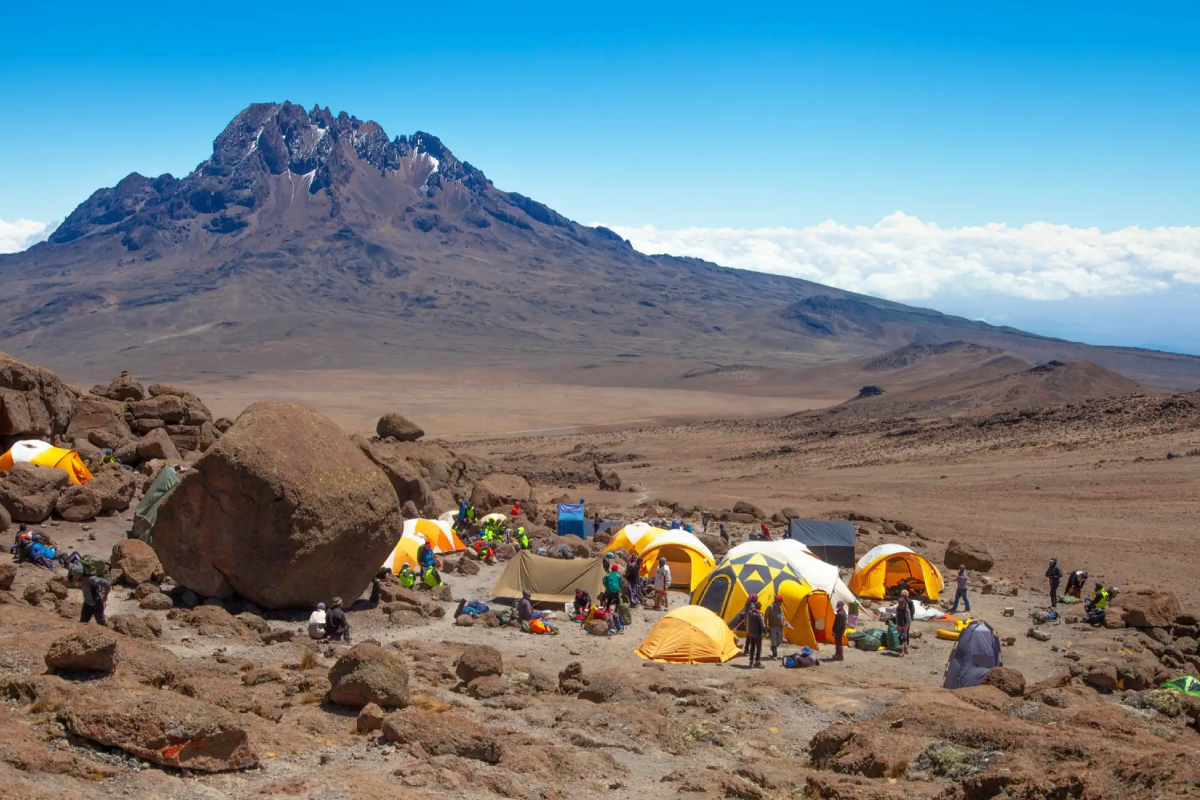
6 Days Rongai Route
Trek Kilimanjaro’s 6-day Rongai Route, ascending through rainforest, moorland, and alpine desert, summiting Uhuru Peak with expert guides and full support.
We make it easier for everyone to experience the world
Ready to explore Tanzania’s natural wonders? We’re here to help! Whether you’re planning a once-in-a-lifetime safari or a peaceful nature escape, our team makes travel easy and personal. Reach out today—let’s turn your dream of exploring Tanzania and beyond into reality. We make it easier for everyone to experience the world, one journey at a time. Contact us today!
Need I help? Talk to an Expert
+255767493713 +255690129757
Mountain Climbing FAQs
Discover essential information for climbing Tanzania’s iconic peaks—Mount Kilimanjaro, Mount Ol-Donyo Lengai, and Mount Meru. Learn about the best seasons, difficulty levels, required permits, gear recommendations, and safety tips. Whether you’re a first-time climber or experienced mountaineer, these FAQs provide guidance to help you prepare, stay safe, and make your mountain adventure unforgettable.
Climbing Kilimanjaro is challenging but achievable for fit individuals. It doesn't require technical skills, but altitude and endurance are key factors. Choosing a longer route improves acclimatization and success. Mental preparation, physical fitness, and proper gear make a big difference in your summit experience.
The best times are during dry seasons—January to March and June to October. These months offer clear skies, better trail conditions, and higher success rates. Avoid the rainy seasons for safety and comfort. Early booking is also advised due to route popularity.
Yes, Mount Meru is ideal for acclimatization before Kilimanjaro. It reaches 4,566 meters and offers great altitude training. The trek includes wildlife encounters and scenic ridges, preparing your body for Kilimanjaro’s higher elevation and reducing chances of altitude sickness significantly.
Yes, guided climbs are mandatory for both Kilimanjaro and Mount Meru. Guides ensure your safety, manage logistics, and provide expert support. Their local knowledge enhances your journey. On Mount Meru, park rangers accompany all trekkers due to wildlife presence in the area.
Ol Doinyo Lengai is the only active natrocarbonatite volcano in the world, revered by the Maasai as the “Mountain of God.” The steep climb is rewarded with unique lava flows, spiritual significance, and sunrise views over Lake Natron and the Great Rift Valley.
Altitude sickness can affect anyone above 2,500 meters. Symptoms include headache, nausea, and fatigue. To reduce risk, climb slowly, stay hydrated, and acclimatize properly. Longer itineraries on Kilimanjaro and a Mount Meru pre-climb significantly boost altitude adaptation and summit success.
You’ll need layered clothing, waterproof outerwear, sturdy hiking boots, sleeping gear (for Kilimanjaro and Meru), headlamp, trekking poles, and hydration packs. For Ol Doinyo Lengai, include lightweight but grippy footwear and breathable clothing due to its steep, dusty volcanic terrain.
What Customers Say About Us
